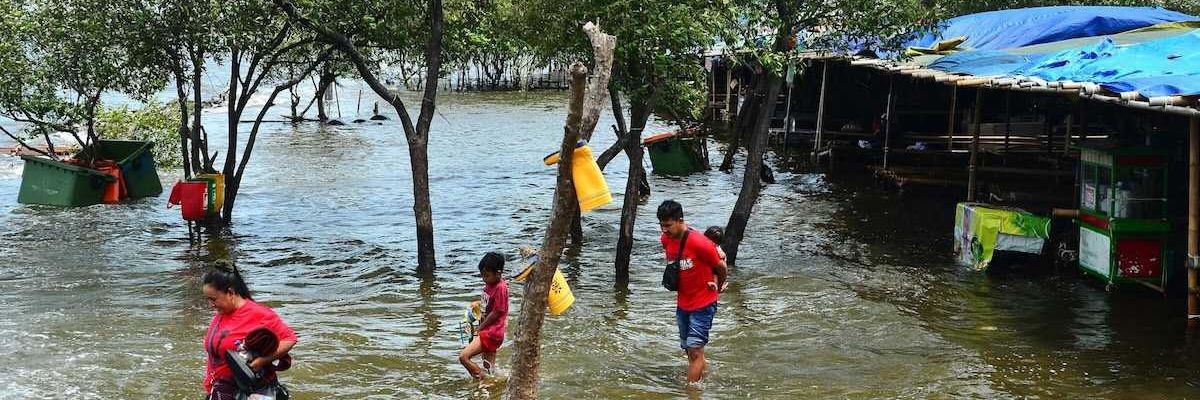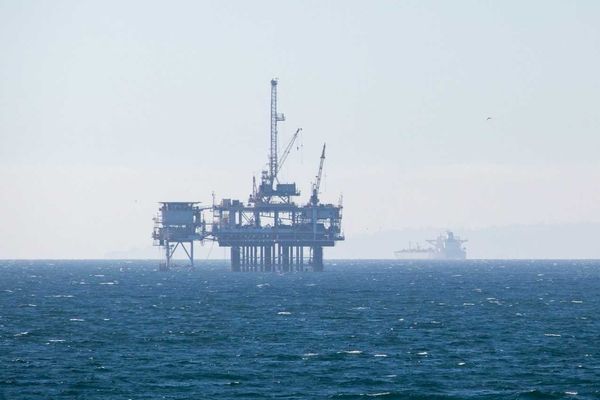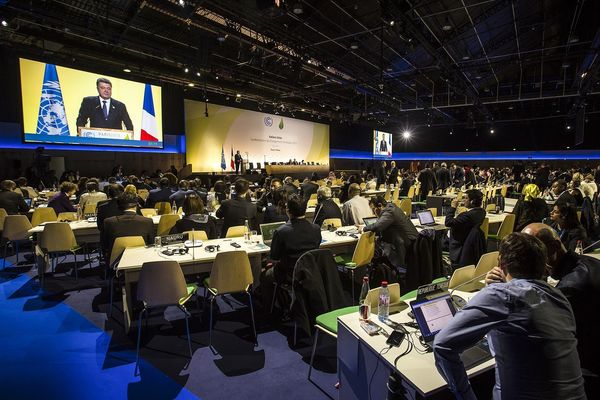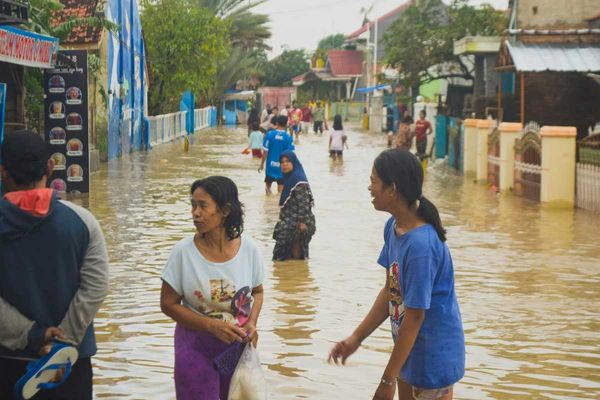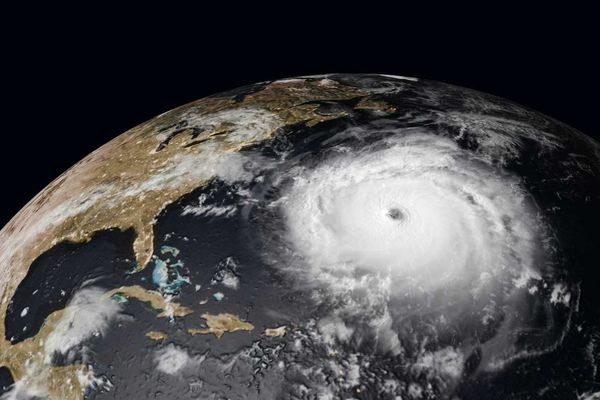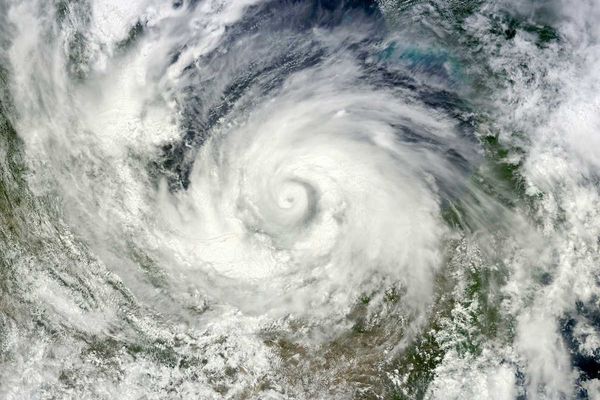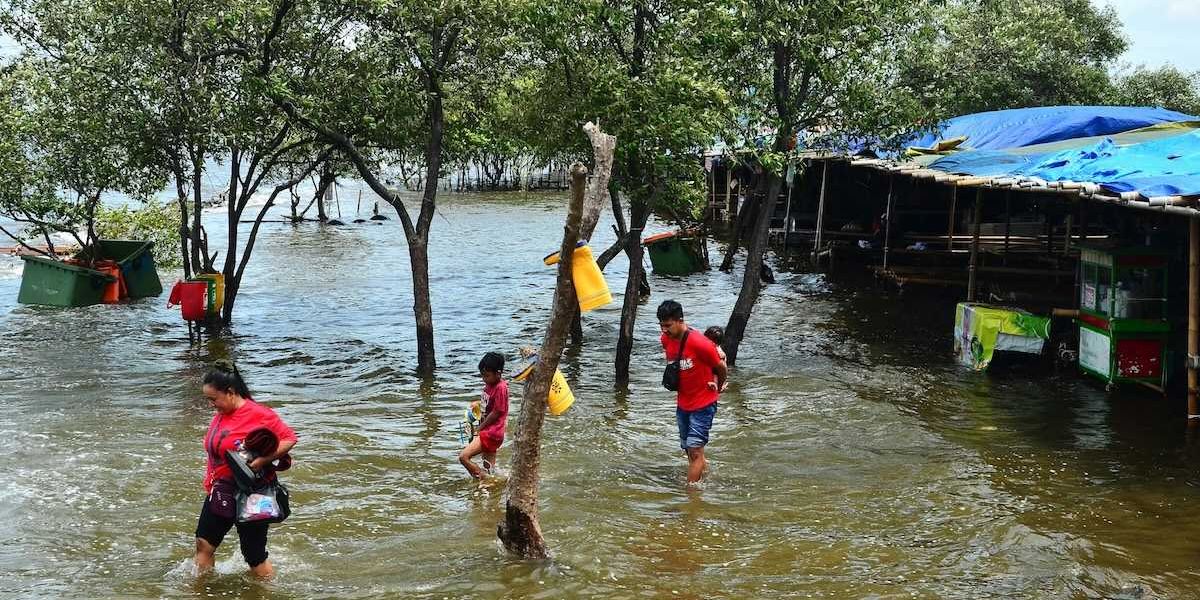oceans
Newsletter
Credit: Photo by Sven Piper on Unsplash
Trump officials consider opening California to offshore oil drilling
A draft five-year plan for offshore oil development proposes selling leases on the West Coast, Gulf of Mexico and Alaska.
Copyright: palinchak/BigStock Photo ID: 110010617
In 10 years since Paris climate agreement, progress on warming but not nearly enough
The world has seen faster climate change than expected since the Paris Agreement a decade ago. Scientists say Earth's warming has outpaced efforts to reduce fossil fuel pollution that came out of the 2015 accord.
Newsletter
Credit: Photo by Misbahul Aulia on Unsplash
Typhoon Kalmaegi leaves dozens dead in central Philippines
Typhoon Kalmaegi has left at least 66 people dead and 26 missing in the central Philippines. Many were trapped on roofs or swept away by floods in Cebu, which was hit hard on Tuesday.
Newsletter
A record-breaking glacier could alter predictions about sea-level rise
Antarctica’s Hektoria Glacier retreated five miles in two months, 10 times faster than the previous record, with possible implications for the pace of sea-level rise.
Credit: CherylCasey/BigStock Photo ID: 25715978
Volunteers work for NOAA to ensure hurricane data is collected
Staffing cuts and a federal government shutdown are stretching scientists’ ability to make valuable hurricane observations.
Newsletter
Credit: Zyanya CitlalliFor Unsplash+
Climate change made Hurricane Melissa four times more likely, study suggests
Unusually warm ocean temperatures fueled one of the worst hurricanes on record. New research finds climate change increased the storm’s likelihood.
Newsletter
Credit: Getty Images For Unsplash+
The dangerous combination that made Melissa a monster hurricane
Hurricane Melissa’s power was undeniable, intensifying faster than most storms on record.
ORIGINAL REPORTING
MOST POPULAR
CLIMATE

